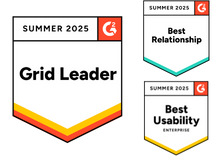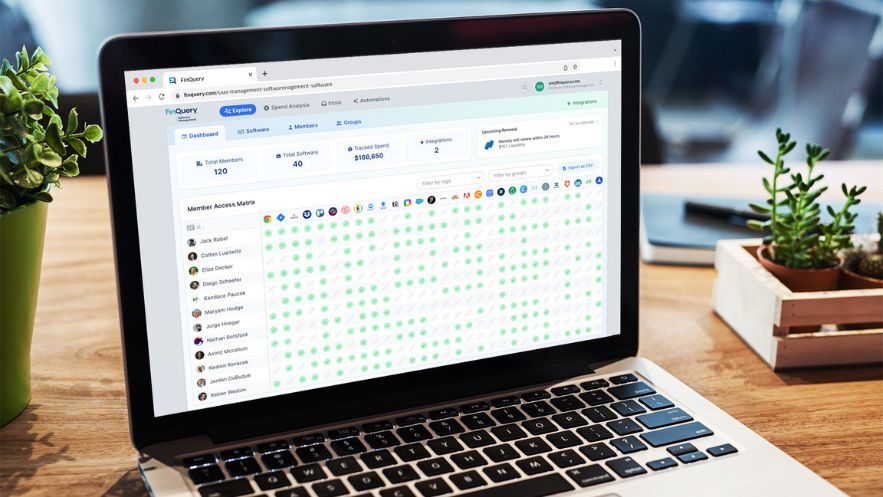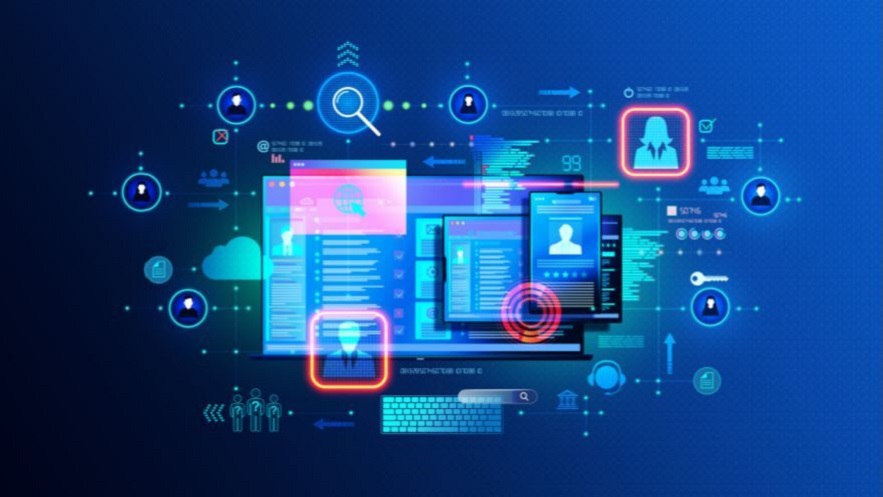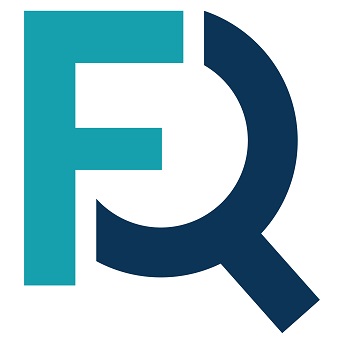Balancing the operational requirements of the business with the financial constraints that organizations face is a tricky task for IT professionals and CIOs. But, there’s a critical process that can help you manage and even thrive under these pressures: application rationalization.
Application rationalization defined
Application rationalization is the process of categorizing and evaluating the software applications used in an organization to optimize them for efficiency, security, and cost. Application rationalization should be a continuous process in order to ensure the tech stack remains optimized to the business and its needs.
Benefits of application rationalization
Application rationalization is often viewed as a cost cutting measure – and for good reason. According to Gartner – organizations lack centralized visibility and coordination of SaaS life cycles and will overspend on SaaS by at least 25% through 2027. This overspending is due to incorrect and unnecessary entitlements and a failure to rationalize overlapping tools and instances.
However, the benefits of application rationalization extend beyond the obvious advantages of cost savings and leaner operations:
(1) Application rationalization paves the way for a more responsive and agile IT infrastructure: By eliminating redundant systems and applications, IT teams have less systems to monitor, maintain, and keep up to date.
(2) A rationalized application portfolio significantly enhances security posture by reducing the complexity of the IT environment: A simpler ecosystem is easier to secure, minimizing the attack surface for potential cyber threats. Applications are typically integrated with each other so reducing the number of applications also reduces the integration points to secure. This streamlined approach also facilitates compliance with industry regulations and standards, as there are fewer applications that require resources to audit and secure.
(3) Application rationalization leads to improved operational efficiency: IT resources, including manpower and budget, can be reallocated to areas that drive business innovation and growth, rather than being tied up in maintaining outdated or unnecessary applications. This strategic reallocation of resources not only boosts productivity but also fosters an environment of continuous improvement and innovation.
In essence, application rationalization isn’t just a cost-cutting exercise; it’s a strategic business initiative that positions organizations to be more competitive, secure, and ready for the future.
Examples of successful application rationalization
Software sprawl is no longer just for tech companies. Businesses across industries are seeing their application portfolio grow at 15-20% per year according to Gartner. All kinds of companies can achieve remarkable efficiencies through application rationalization. These examples highlight the potential benefits and paths to successful implementation in various industry settings.
- Global financial services firm: After several mergers and acquisitions, a financial services company faced challenges with its sprawling application landscape. By initiating a comprehensive application rationalization project, they were able to retire 30% of their legacy applications, leading to a 40% reduction in IT operating costs over three years. This not only streamlined their operations but also significantly improved their IT security posture.
- Multinational retail corporation: Struggling with redundant systems across its global operations, a large retailer employed application rationalization to consolidate its retail management systems. The project resulted in the consolidation of 70% of its existing systems into a unified platform, enhancing operational efficiency and drastically reducing licensing costs. Additionally, the rationalization effort greatly improved the customer experience through faster, more reliable systems.
- Healthcare provider network: A network of healthcare providers implemented application rationalization to address their convoluted system setup, which included multiple patient record systems. This rationalization allowed for the consolidation of patient data into a single, secure, and more efficient system. The initiative not only saved the network millions in annual IT costs but also improved patient care through faster and more accurate access to patient records.
These are just a few examples of the tangible benefits of application rationalization and its crucial role in achieving operational efficiency, cost savings, and enhanced security. Organizations looking to optimize their application portfolio can draw valuable lessons from these success stories. With the right strategy, tools, and execution, significant improvements in IT and business performance are achievable through application rationalization.
How to implement application rationalization
Application rationalization – the process of categorizing and evaluating the software applications used in an organization to optimize them for efficiency, security, and cost – is crucial for cutting IT expenses, aligning applications with key business functions, managing tech risks, and more. Yet, only 15% of organizations regularly undertake this process. As a result, many find themselves facing application sprawl which poses varying levels of compliance and security risks, ultimately reducing an organization’s agility. With all of the benefits of application rationalization, why are only 15% of companies doing it?
Implementing application rationalization, while highly beneficial, isn’t without its challenges. The top three are:
- Resistance to change – This can be the most significant obstacle in many organizations. Change can be difficult to manage, especially when it comes to replacing or retiring widely used applications. Employees and department heads often feel attached to current applications and processes. They may resist giving up their software or implementing new systems due to concerns about disrupting workflows or facing a steep learning curve.
- Lack of information – Lack of information can take multiple forms. It may be difficult to know all the applications in use at your organization (e.g. shadow IT). You may lack accurate usage information for many applications. Or an application’s business value can be unclear. All of this can impede decision-making. As noted above, each department may argue fiercely for their application, and without clear data, rationalizations can be difficult. Additionally, organizations may struggle to establish clear criteria for evaluating applications, leading to inconsistent assessments and difficulty in decision making.
- Pressure for immediate ROI – The demands on an IT team’s time seem never ending. There’s always another pressing and immediate project. Application rationalization involves significant analysis as mentioned above to understand legacy systems, assess their value, and potentially overcome legacy system dependencies. For example, before you can rationalize applications you may have to invest time and effort to untangle complex integrations or interdependencies between applications in order to avoid operational inconsistencies. But, investing time and resources in a process that yields long-term benefits – perhaps at the expense of short term popularity – can be a tough sell to teams that are already stretched thin.
Overcoming these significant challenges requires not only strong leadership but also a well-thought-out strategic approach that’s customized to the specific needs of the situation. Additionally, clear and effective communication about the long-term advantages of the rationalization process is crucial for ensuring understanding and buy-in from all stakeholders involved. By focusing on the right areas and taking the right steps in your process you can ensure the success of your application rationalization effort.
Focus areas for successful application rationalization
Successful application rationalization hinges on information. It entails gathering insights from various sources within your organization, including application owners, department heads, IT architects, and end-users. Here are the key areas to focus on:
- Functionality and performance: Assessing whether an application meets business requirements, and how reliable, scalable, and responsive it is.
- Criticality and risks: Determining how vital an application is to the business, if it meets all security guidelines and regulations, any security risks associated, and any previous or known vulnerabilities.
- User experience: Gauging if an application is user-friendly, intuitive, and users are satisfied with its performance.
- Vendor support: Analyzing whether a vendor provides adequate support and maintenance, and their efficiency in resolving issues.
- Business alignment: Understanding if an application supports the organization’s business goals, aligns with the technology roadmap, and contributes to growth and innovation.
By understanding these areas, organizations can reap a multitude of benefits such as significant cost savings, better resource allocation, enhanced security, improved efficiency, and increased agility, thereby freeing up resources for strategic innovation.
Steps in the application rationalization process
Application rationalization is difficult, but it’s far from impossible. Follow these steps to effectively carry out application rationalization in your organization:
- Establish a cross-functional team: Application rationalization requires complete collaboration across the organization. Create a dedicated team composed of members from IT, business units, finance, and security. This diversity ensures a holistic view of applications from various perspectives, facilitating informed decision-making. Aligning stakeholders with varied priorities can be challenging, but it will be worth the effort.
- Develop a comprehensive inventory: Start by cataloging all software applications in use. This inventory should include details about the application’s purpose, users, support life, technologies used, interdependencies, and associated costs like licenses, maintenance, and support. Using a Software Asset Management Platform (SAM) can help in discovering applications, including shadow IT.
- Prioritize based on business value: Assess each application’s alignment with business goals and its contribution to revenue or operational efficiency. Determine overall value by balancing alignment and contribution data with cost data gathered in your inventory. Prioritize rationalization efforts based on applications that offer the least value or present the highest risks. Based on your analysis, you’ll decide what to do with each application – whether to keep, replace, retire, or consolidate it.
- Communicate transparently: Maintain transparent communication with all stakeholders throughout the process – not just at the beginning and the end. Addressing concerns along the way and setting realistic expectations about the outcomes will mitigate resistance to change.
- Leverage automation tools: Consider using tools to make your life easier. As mentioned above, SaaS management platforms (SMPs), can help to automate much of the inventory and data gathering in the assessment process, providing accurate, continuously updated data to inform decisions. This eases the process of implementing and maintaining application rationalization, making it more efficient and effective.
- Incorporate continuous improvement: Application rationalization shouldn’t be a one-time project but a continuous process. Regularly review your application portfolio to adapt to changing business needs and technologies. Make this process easier by using an SMP to automate data collection for continuously updated insights.
Following these steps won’t only streamline the application rationalization process but will also position your organization for increased operational efficiency, enhanced security, and substantial cost savings in the long run.
Using software asset management tools for application rationalization
Application rationalization is much simpler with the right resources at your disposal. One critical tool to make software application rationalization easier is a Software Asset Management platform (SAM).
SAM tools are built for application rationalization. For best results look for a SAM solution that offers:
- Complete application visibility: Software Asset Management solutions help in discovering all applications, including shadow IT, by providing real-time monitoring and data analysis. You can’t rationalize what you can’t see, and with new apps being purchased all the time, it isn’t a one and done deal. Look for a solution like FSM that uncovers all the applications within your portfolio and displays them in a centralized dashboard for easy management.
- App usage insights: Usage data is critical in application rationalization. You need to know who has access to an app, who is actually using it, and how they are using it. This can give you insight into whether the app is needed, how many licenses are needed, and what types of licenses. Consider what level of data a SAM solution is gathering, how it gathers that data, what apps it integrates with, and what types of integrations it has.
- Effective cost management: To be the best partner to your finance team, and to get control of software costs, you need an SAM solution with strong spend management features. Look for a tool that goes beyond operational tasks and provides things like finance system integrations and software contract management capabilities that power things like a subscription calendar, critical alerts, and spend analysis and reporting. Access and usage are only part of the equation – you must have cost information to rationalize software effectively.
Application rationalization comes with a number of steps and challenges, but using Software Asset Management platforms like FinQuery Software Management can help ease the process.
Application rationalization is an invaluable tool in the modern CIO’s arsenal. To keep your tech stack optimized, this is a process that you’ll want to repeat consistently. It’s time to embrace it as a way of doing business and not a one-and-done deal. With the help of robust platforms like FinQuery, this new way of doing business is within reach. Make application rationalization one of your processes and unlock a new level of efficiency and productivity in your organization.










